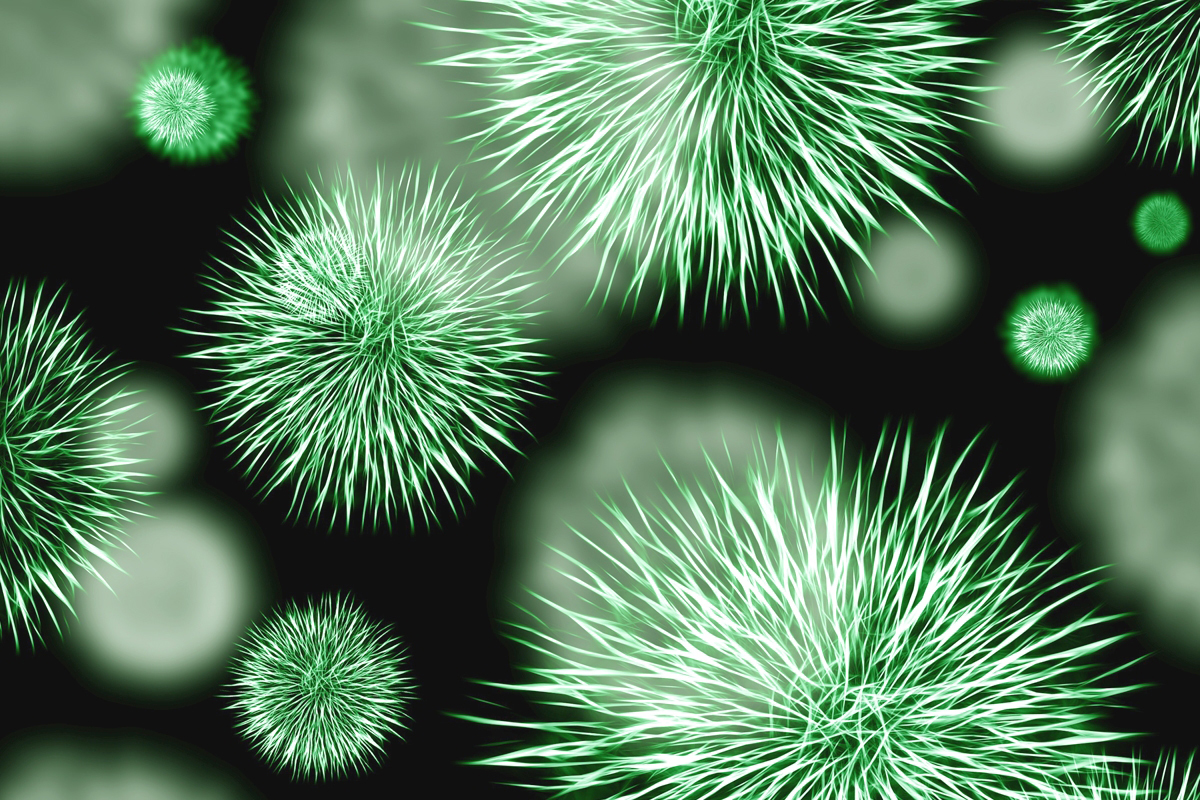Study decodes how drinking sugary beverages raises diabetes risk
A team of US researchers has decoded the role of gut microbes in increasing the risk of diabetes after consuming sugary drinks.
Bacteria can share many different types of genes as long as the genes have mobile segments of DNA.

Bacteria (IANS)
A study of Northwestern University (NU) found that bacteria living in household dust can spread antibiotic resistance genes, and the researchers believe these genes could potentially spread to pathogens, making infections more difficult to treat.
Bacteria can share many different types of genes as long as the genes have mobile segments of DNA. NU researchers were the first to find that antibiotic resistance genes in dust microbes have mobile capabilities, the Xinhua news agency reported.
Advertisement
“We observed living bacteria have transferable antibiotic resistance genes,” said Erica Hartmann, an assistant professor of environmental engineering in NU’s McCormick School of Engineering.
Advertisement
Although it is rare for pathogens to live in indoor dust, they can hitchhike into homes and mingle with existing bacteria.
“A nonpathogen can use horizontal gene transfer to give antibiotic resistance genes to a pathogen,” Hartmann explained. “Then the pathogen becomes antibiotic resistant.”
“Microbes share genes when they get stressed out,” Hartmann said. “They aren’t equipped to handle the stress, so they share genetic elements with a microbe that might be better equipped.”
Hartmann recommends dusting with a damp cloth instead of using antimicrobial solutions, which can make bacteria more resistant to antibiotics.
The study was published Thursday in the journal PLOS Pathogens.
Bacteria travels thousands of miles, not on people or animals but through the air, finds a study that could shed light on harmful bacteria that share antibiotic resistance genes.
Advertisement